On May 5 2021, one of my lifelong dreams came true. I grew up idolizing Ariel, Jasmine, Pocahontas and Mulan as my princesses of choice.
Now, my children will be able to see themselves represented by Disney’s first Southeast Asian warrior princess.
Raya's costume from traditional Cambodian and Philippine garments, such as the salakót headgear and sampot dress.
Not only does Raya represent a bright future, but everyone from the cast to the screenwriters to the visual artists have Southeast Asian ancestry. A film like this is long overdue, but I don’t think Raya and her team could have arrived at a better time.
In the midst of the COVID pandemic, we have seen an exponential rise in Asian-American hate. The AAPI community is under attack from all sides.
But “Raya and the Last Dragon” has a powerful message about empathy--noted in our first article about the movie's lack of villains.
Further, it shows how we must fight against anti-Asian-American hate. The movie is a celebration of many different communities.
Warning: spoilers ahead!
Raya and her dad overlooking Heart
Raya and her father are the last defenders of the Dragon Gem, a gift from the last dragons to protect them against the Druun. The movie starts with Raya’s father inviting tribes from all over the land to finally come together as one country.
However, the stereotypes and jealousy rooted within each tribe drive the country further apart. They also separate Raya from her dad.
Raya’s homeland is rooted in real-world Asia and her heroic journey sets an example for us today.
First, I will explain the Five Lands and what they represent in the real world. Disney received criticism for creating the Asian-stereotype-filled fantasyland of Kumandra.
The backlash was similar to how people reacted to Agrabah in “Aladdin.” Kumandra feels like a cop-out, rather than try to authentically represent a non-Western culture like the Middle East or Asia.
Map of Kumandra
Even if Disney did their best to be nondescript, I saw how each part of Kumandra — Fang, Spine, Talon, Tail and Heart — inherently represents a real landscape.
First I’ll let Raya herself give a quick intro to each.
Perception is a common theme in this movie: how Young Raya perceives the different tribes in her homeland versus how they perceive her. These perceptions lead to dangerous assumptions that cause great rifts between the tribes.
Similar assumptions are drawn today between our AAPI brothers and sisters. Raya learns to put her stereotypes aside as she travels through the territory of each tribe.
We can do the same as we ground each part of Kumandra in real-world Asia.
-
1 Tail → the Mekong River
Landscape of Tail
Mekong River
Tail is a desert land with pockets of villages along the main river. This is based on the Mekong River that runs through Southeast Asia.
-
1 Fang → Angkor Wat
The gorgeous architecture of Fang is inspired by Cambodia’s Angkor Wat according to visual anthropologist Steve Arounsack.
Angkor Wat
-
1 Spine → Vietnam
Spine is a bamboo-infested forest in the snowy hills of Kumandra. Paul Felix, the production designer, linked the inspiration for Spine to the forested mountains of Vietnam.
Sapa, northern mountain city of Vietnam
-
1 Talon → Vietnam and Laos

Talon is a floating city with bustling marketplaces and bright colors. These markets are inspired by the ones found everywhere in Vietnam and Laos.
Laos Market
-
1 Heart → Chinese Mountain Ranges
The arches that call the Heart of Kumandra home match the natural stone bridges that form in Chinese mountain ranges such as these.
Moon Hill outside Yangshou County
Each part of Kumandra represents a real part of the vast and diverse Asia we know and love.
Raya celebrates the cultural differences between all the tribes that make up Kumanda and Asia. But she didn’t start off that way.
She had biases and assumptions about the different parts of the country.
Only by visiting each part of her country in person does Raya start to truly understand each tribe. She educates herself on the importance of preserving what makes them all different and honoring each tribe’s unique cultures.
Raya and the gang
Raya finally casts aside the stereotypes that she formed about each tribe. She sees the humanity in each new member of her team.
How “Raya” Applies to AAPI Life Today
While this is the first Disney movie without a villain, the world of Kumandra faces a common enemy: the Druun.

Druun turning people into stone
The Druun is an evil spirit that petrifies people and steals their life. Placing “Raya” into the bigger context of our world, I see the Druun as the anti-Asian hate that the AAPI community is forced to face today.
This hate spreads without remorse. It has no preference as it takes away countless innocent lives. The only thing that can keep the darkness at bay is the power of a dragon.
Ancient scroll of Sisu defeating the Druun
You have to watch the film to truly enjoy the comic relief of Aquafina as Sisu the Dragon. But I see the dragon light as symbolic of belief.
Sisu was only able to withstand the dark and save the world through the belief of her brothers and sisters. While she isn’t the most skilled dragon, her family entrusted her with the responsibility to save the world.
That belief and trust are what we need to empower our fellow members of the AAPI community. The long-lasting message of “Raya and the Last Dragon” is the importance of unity.
Supporting each other as a community is the only light strong enough to defeat the darkness of hate.
Raya isn’t based on a legend but on real Asian women. Adele Lim, the Malayasian screenwriter, sees Raya as the representation of all the Southeast Asian women she grew up around.
They are women who were warriors in their own worlds, and Raya embodies that spirit.
Only together could Raya’s tribe of riffraff defeat the overwhelming Druun.
Only together can the AAPI community celebrate our rich history and heritage while preventing the spread of anti-Asian hate.



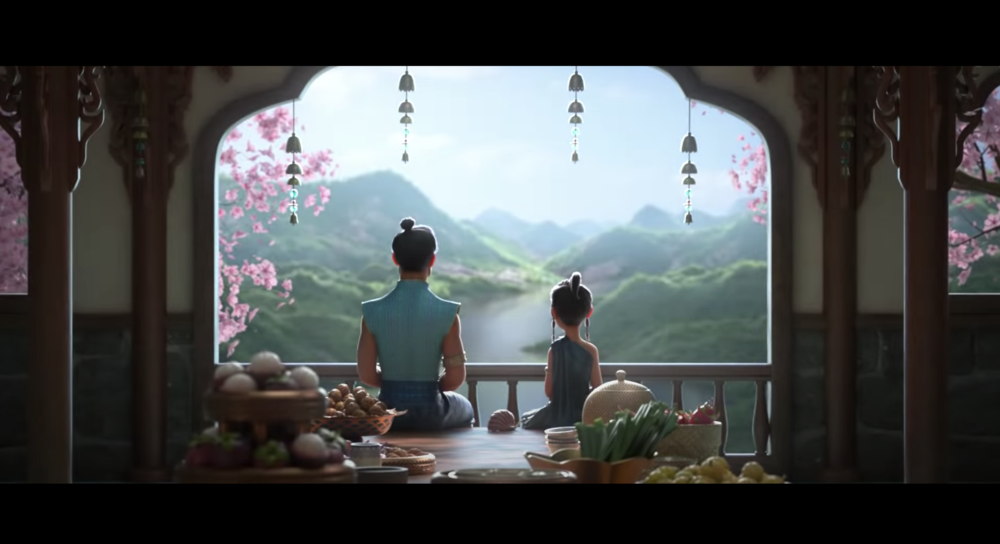
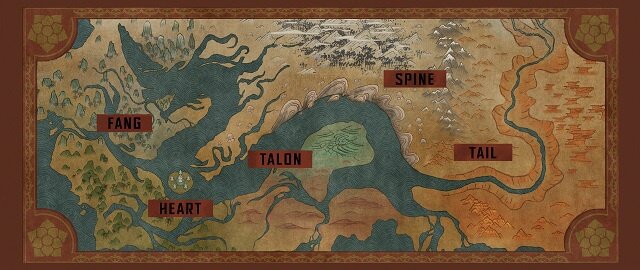

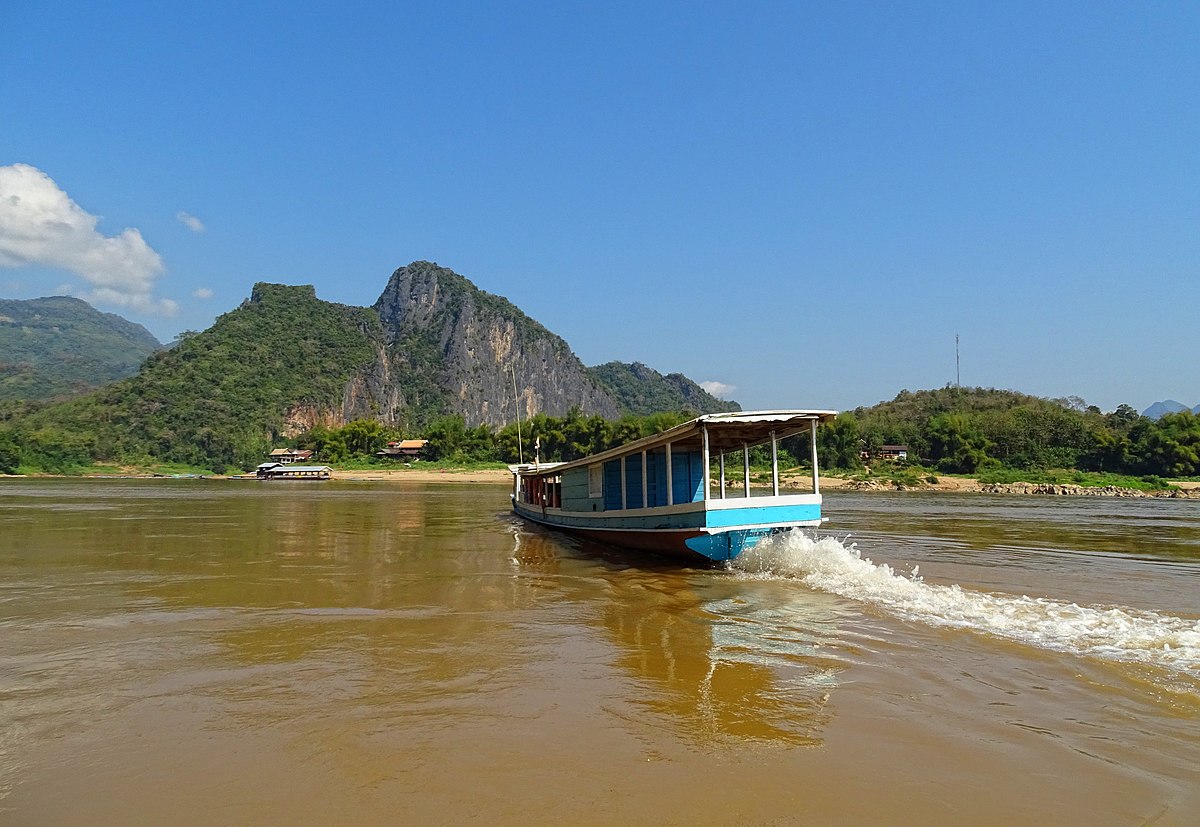



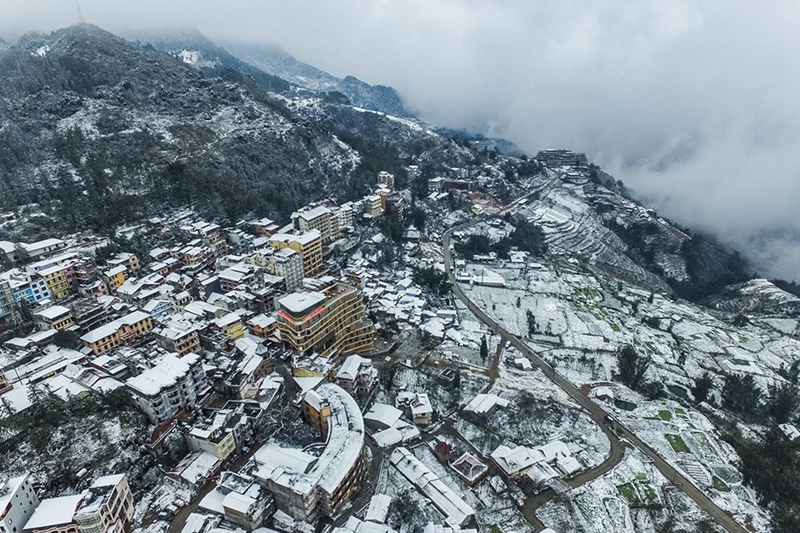





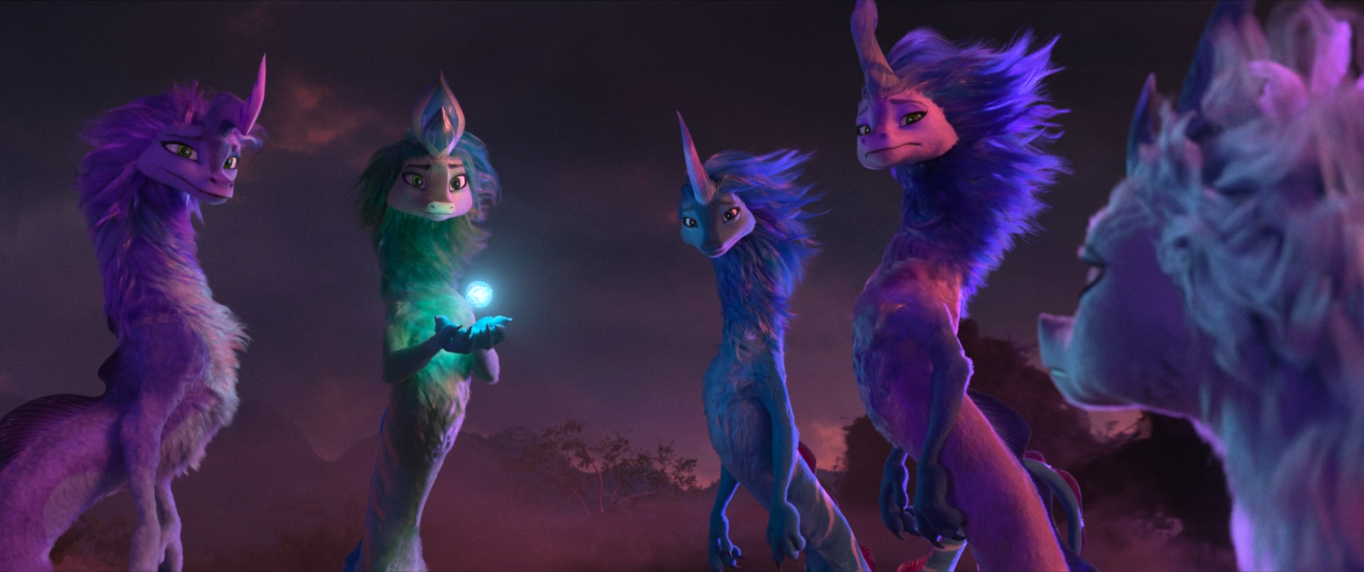

One Comment